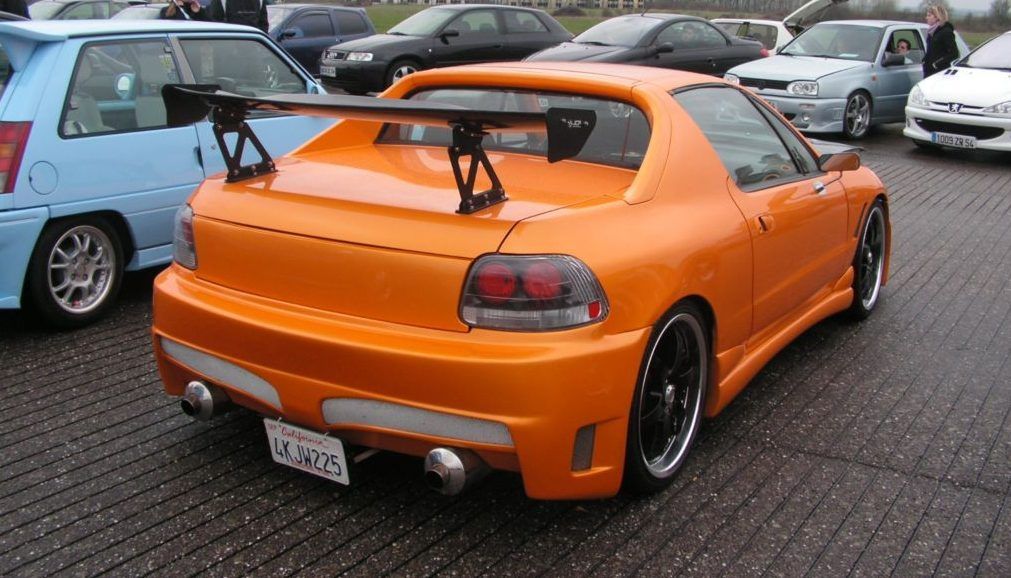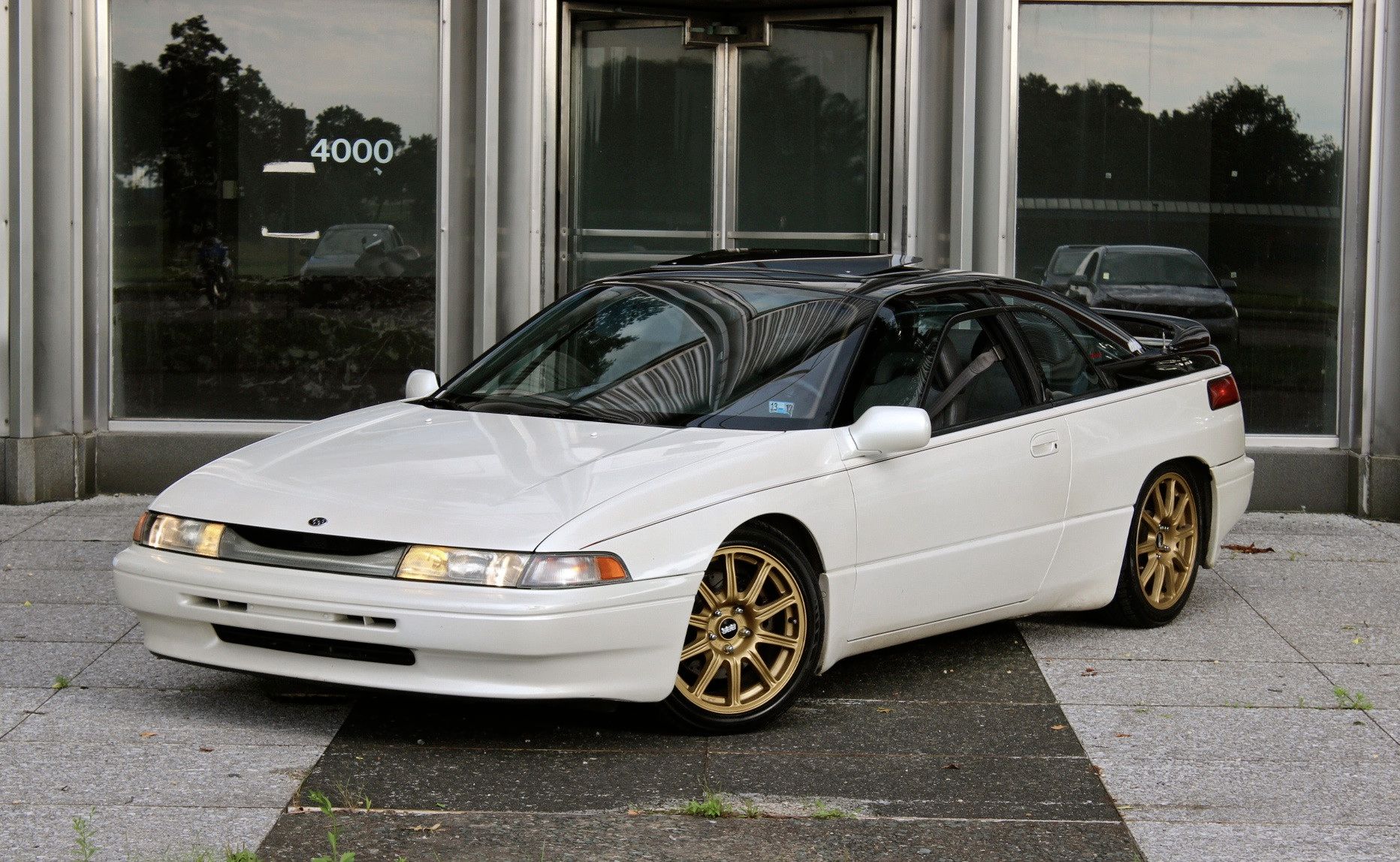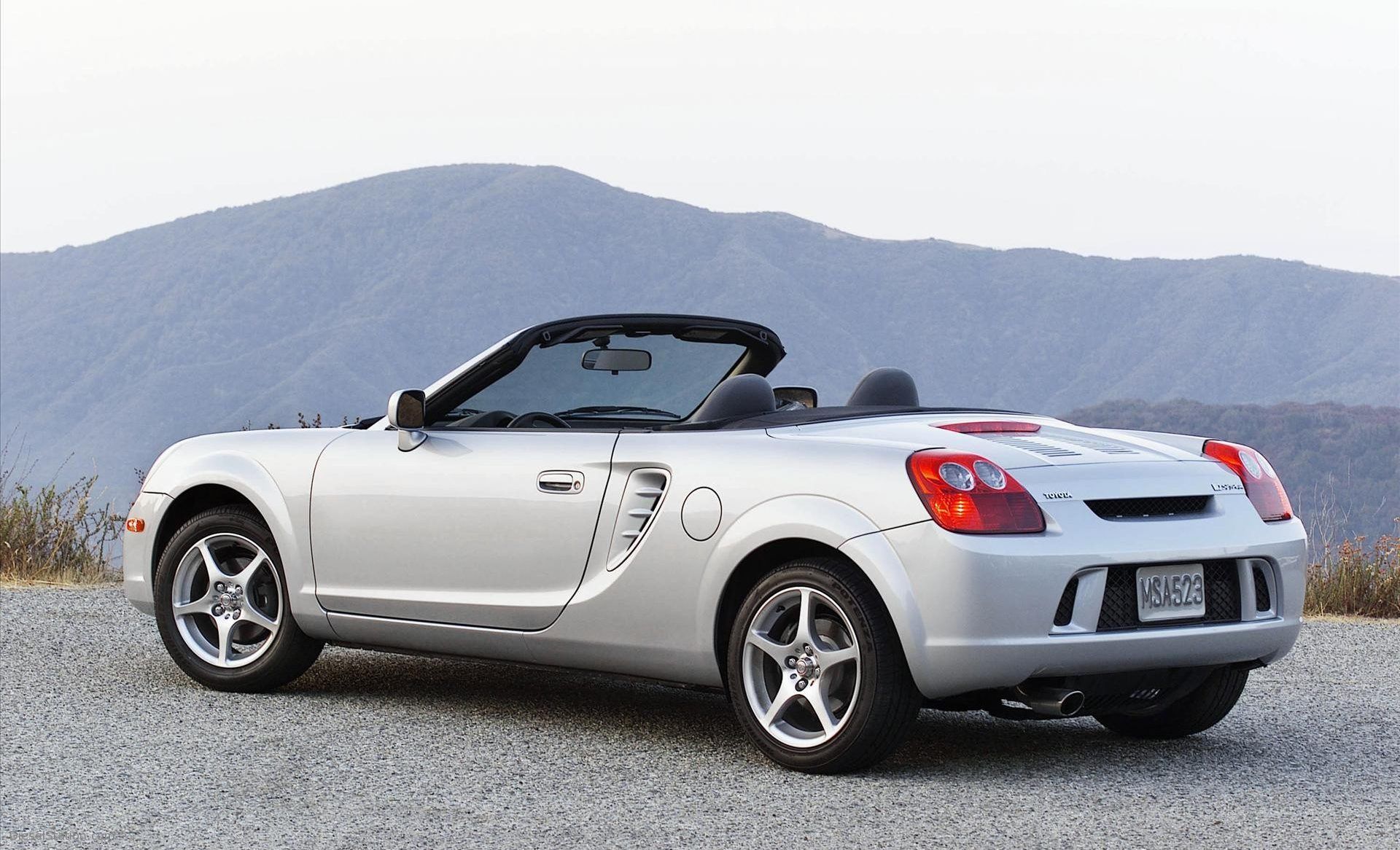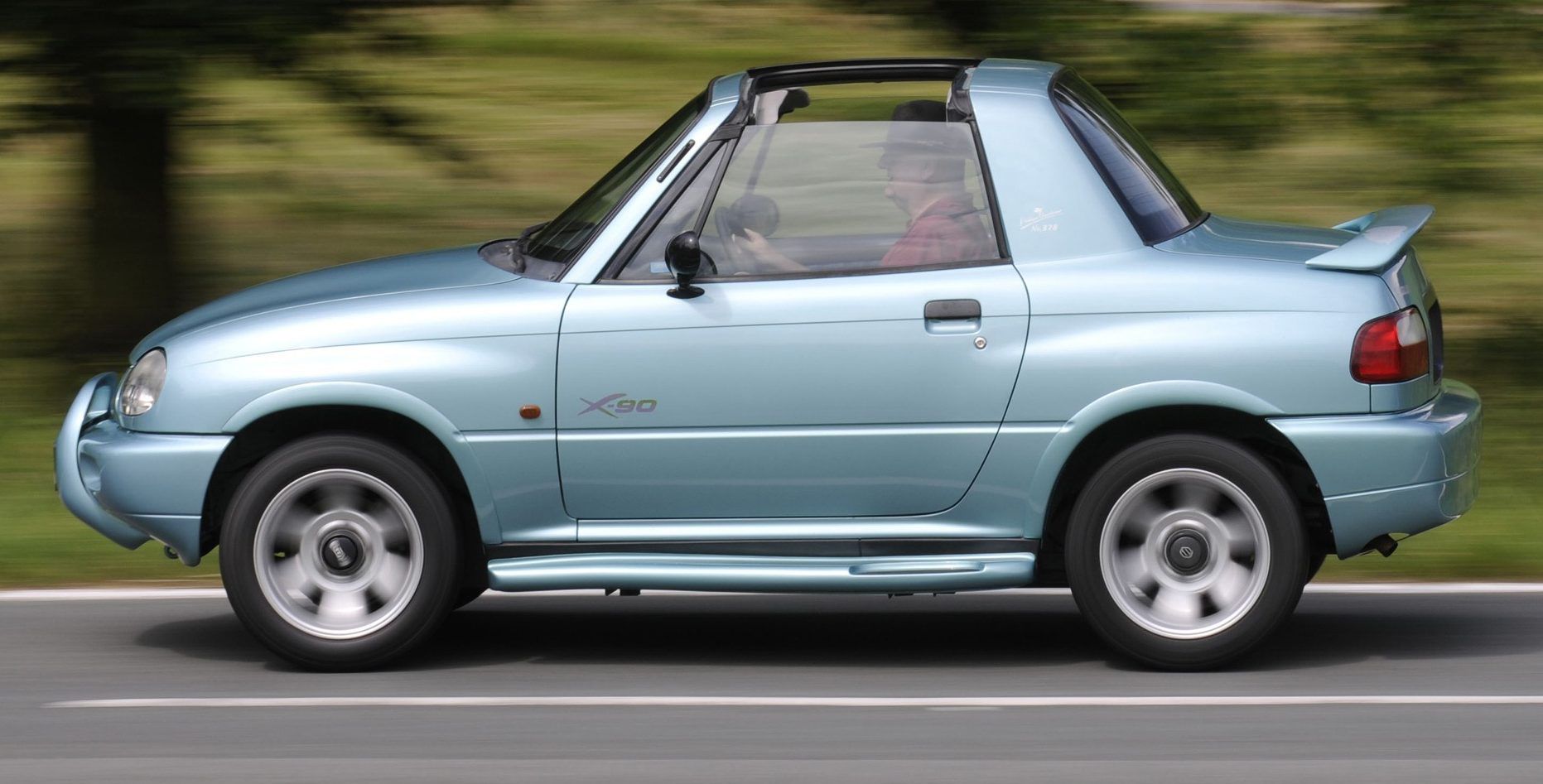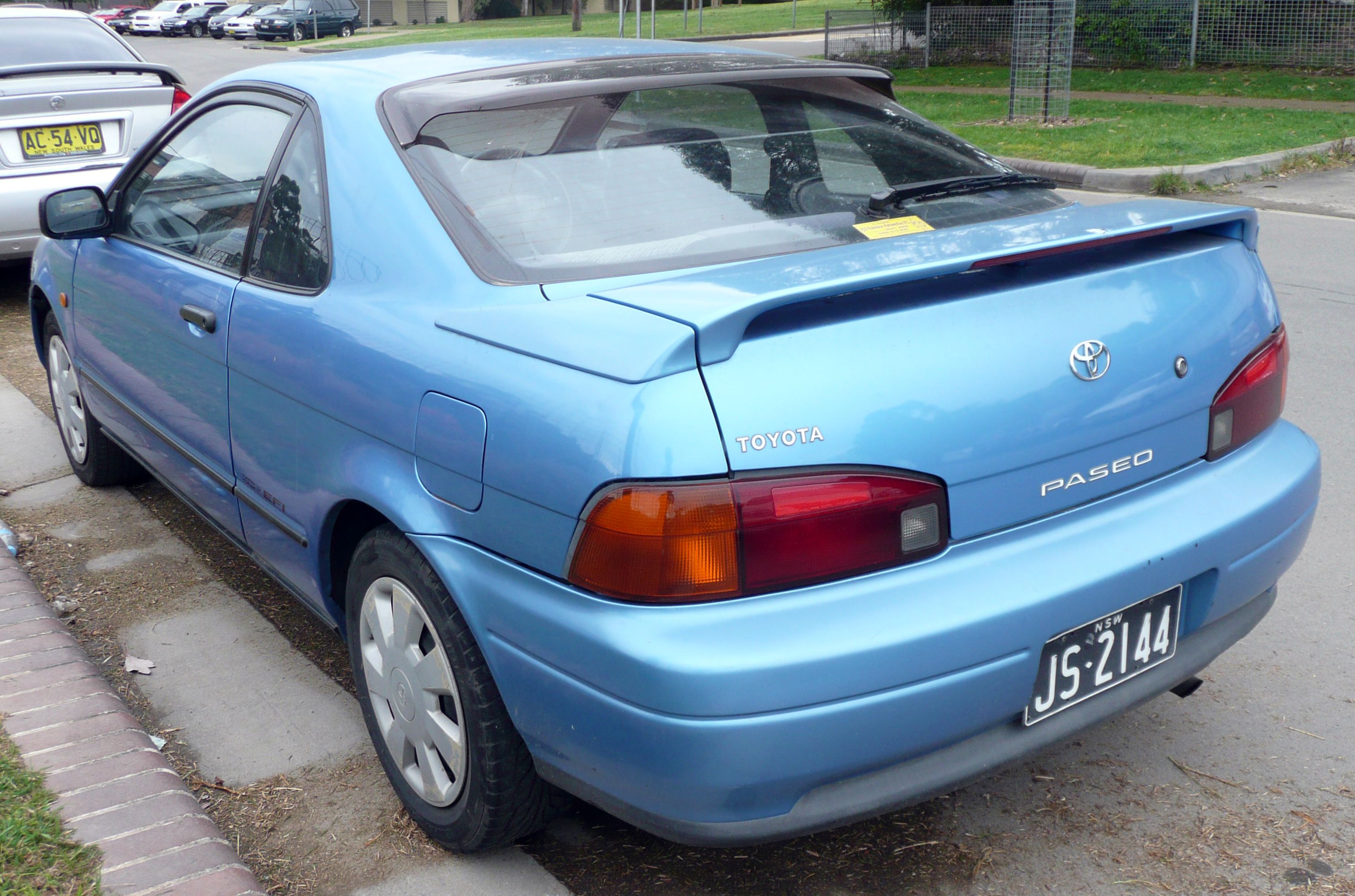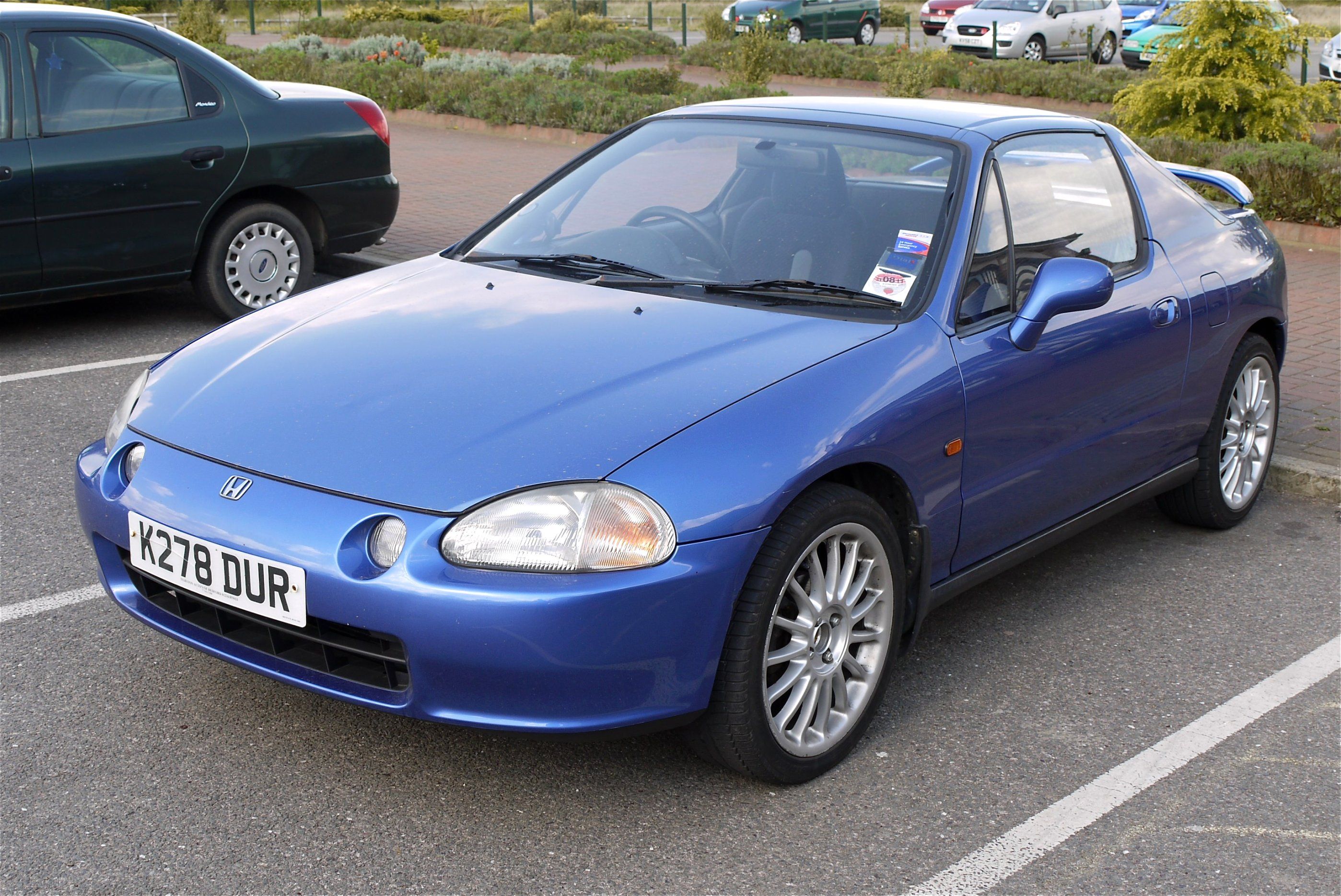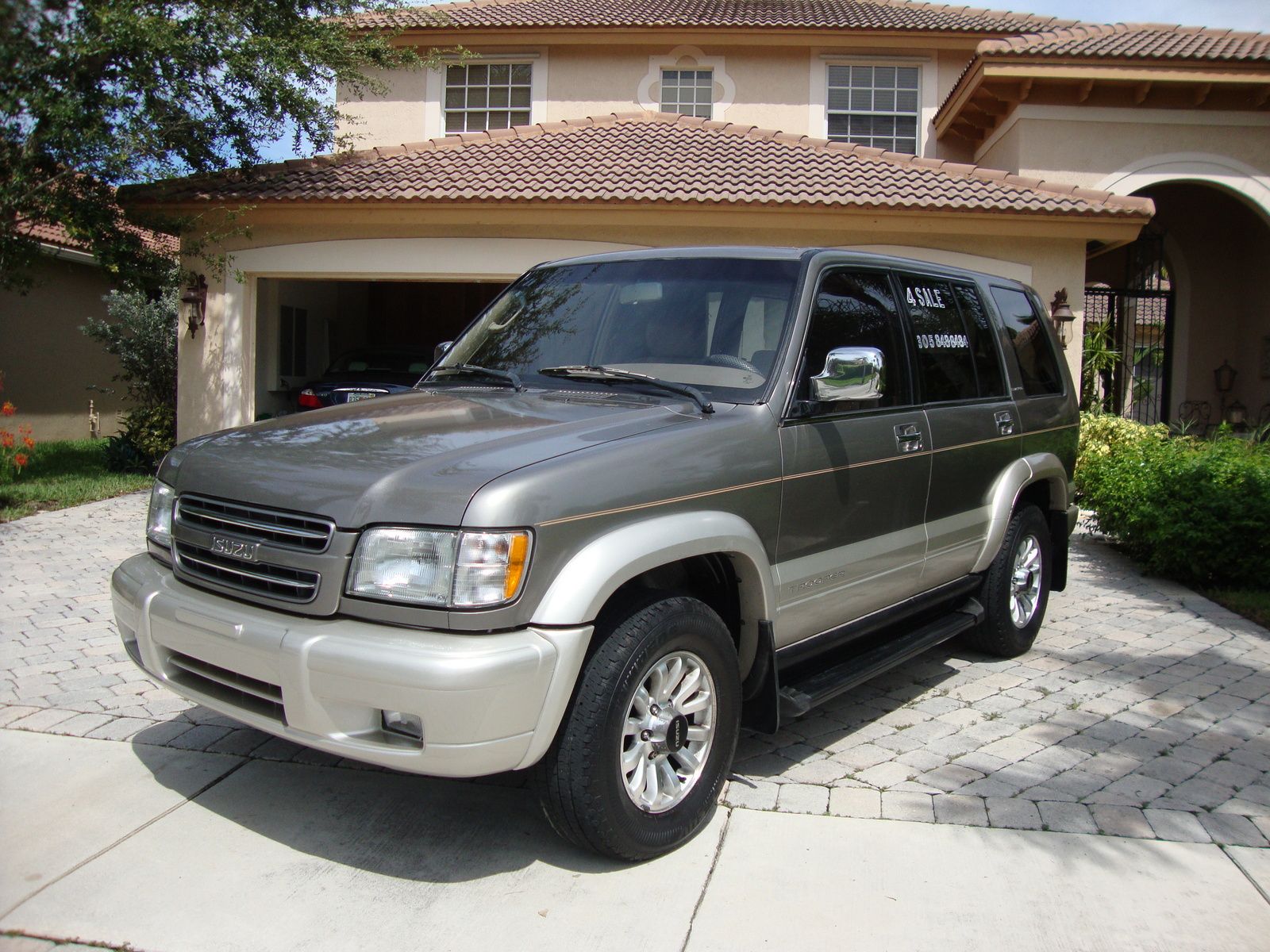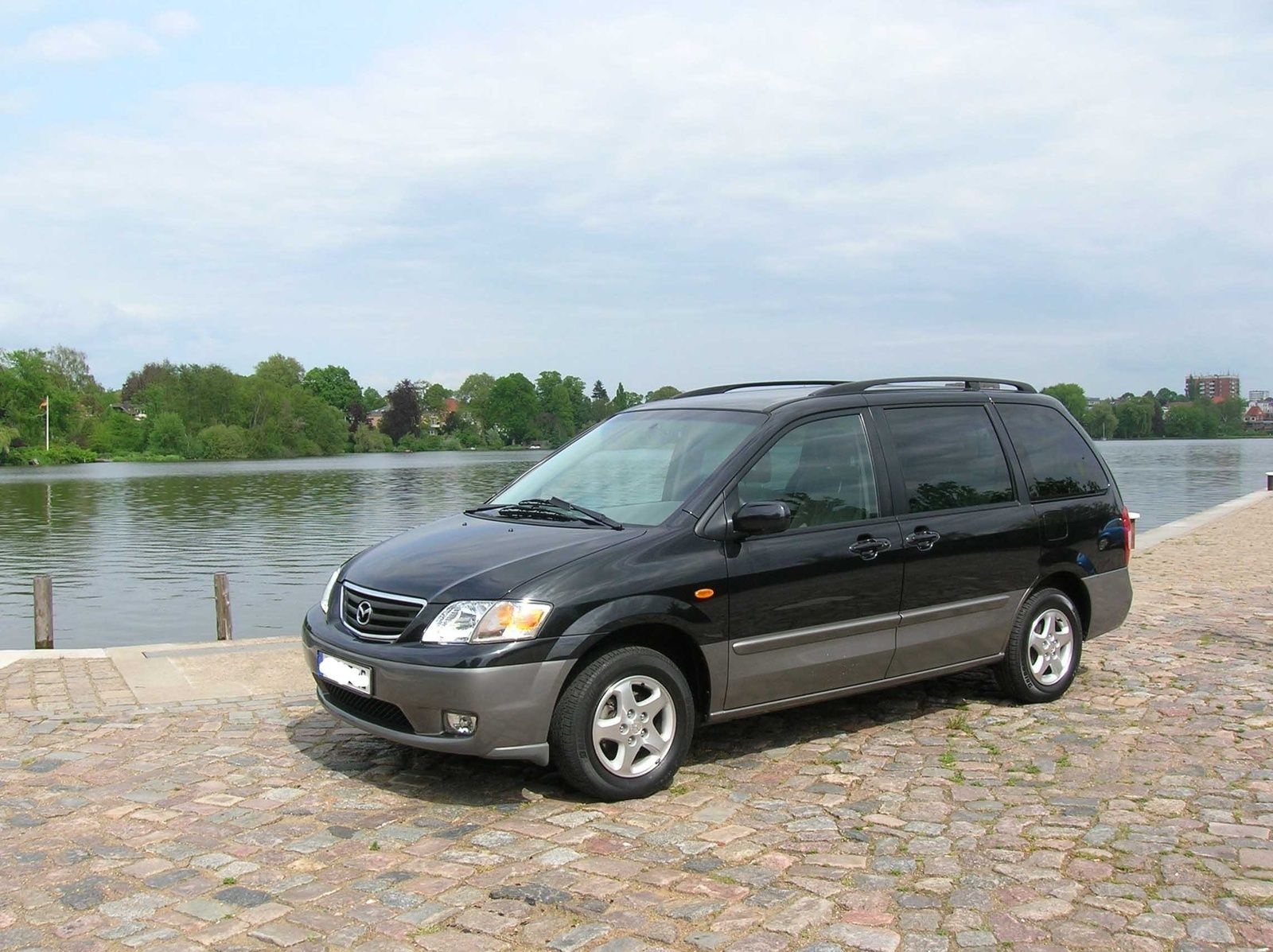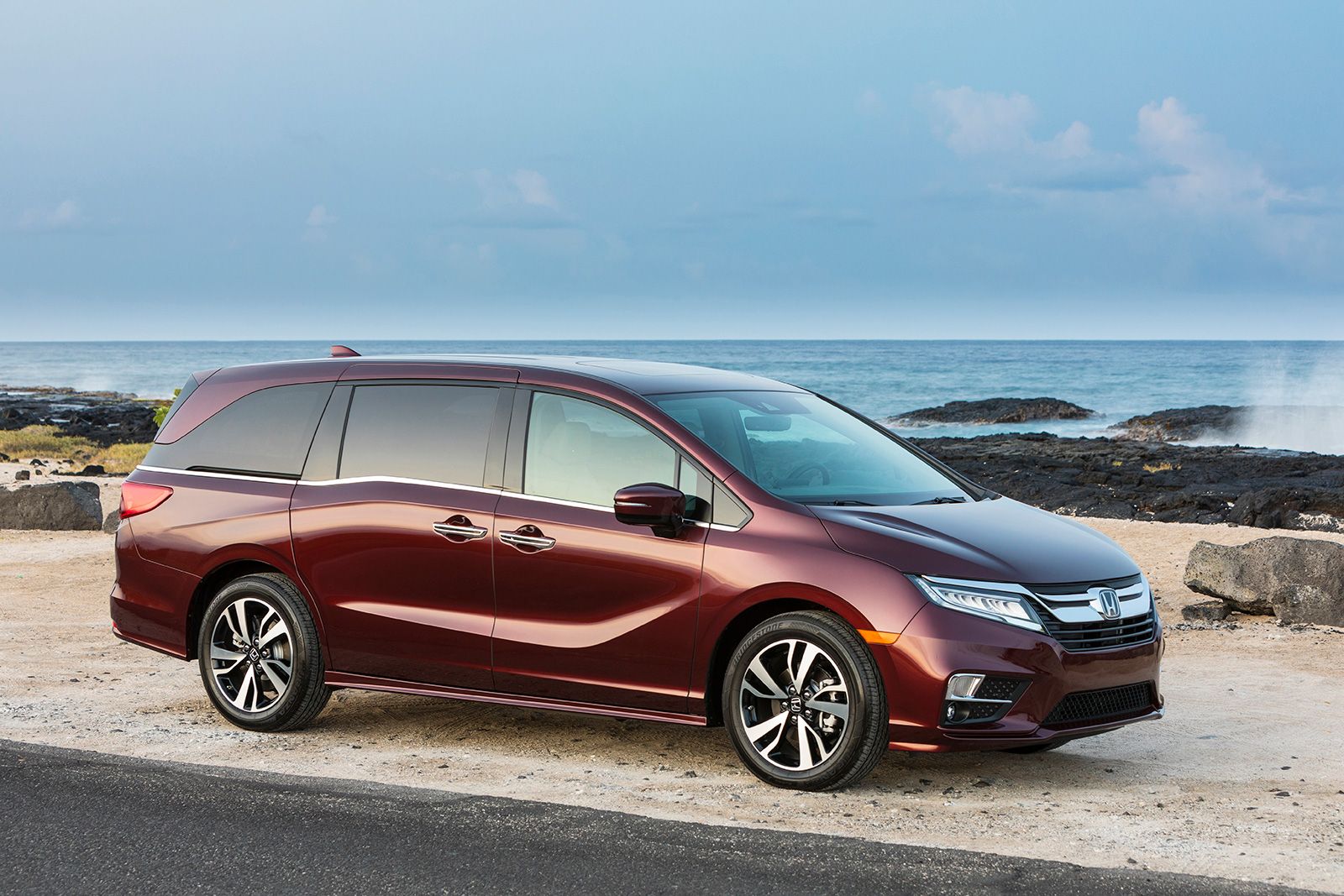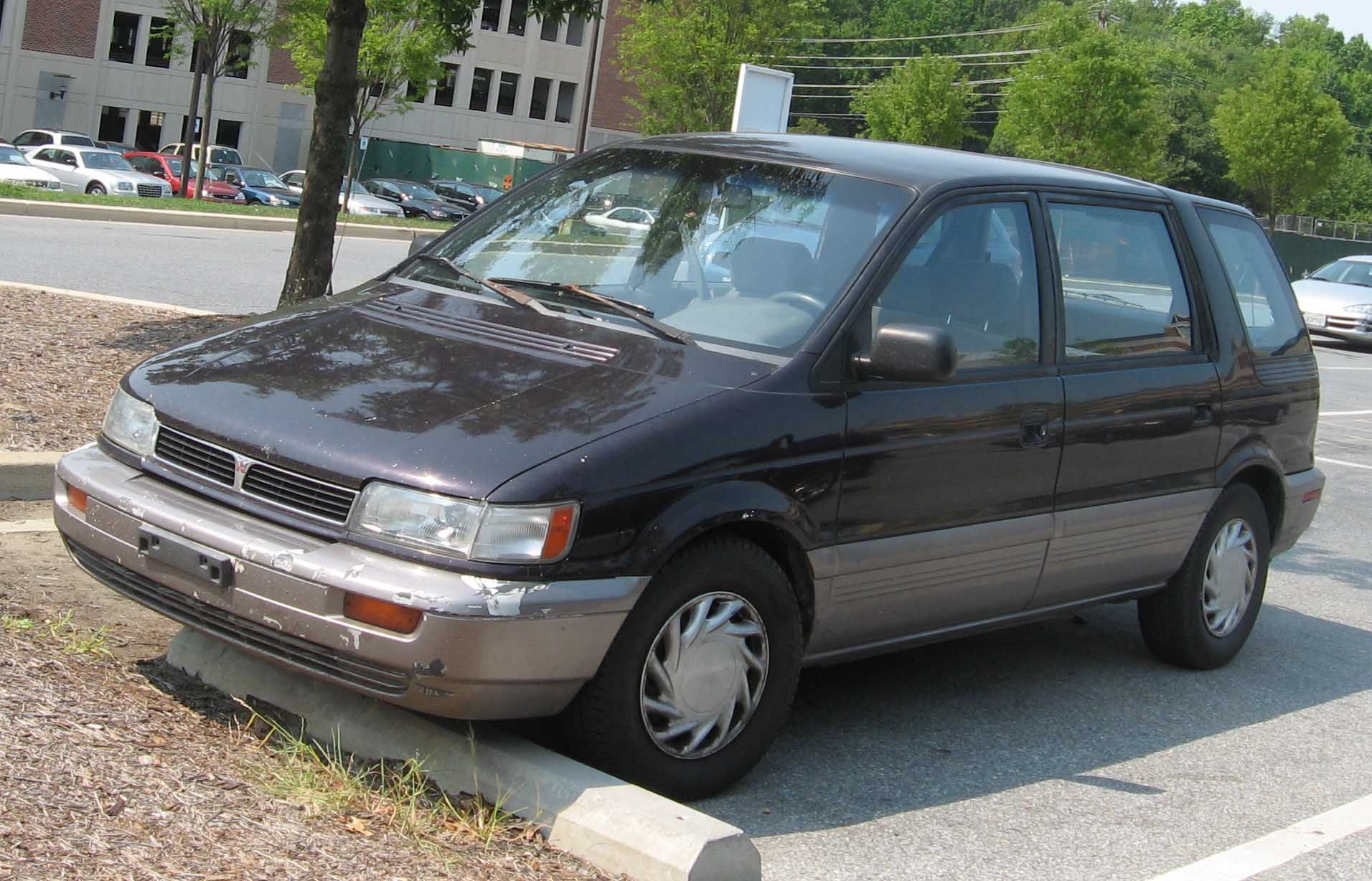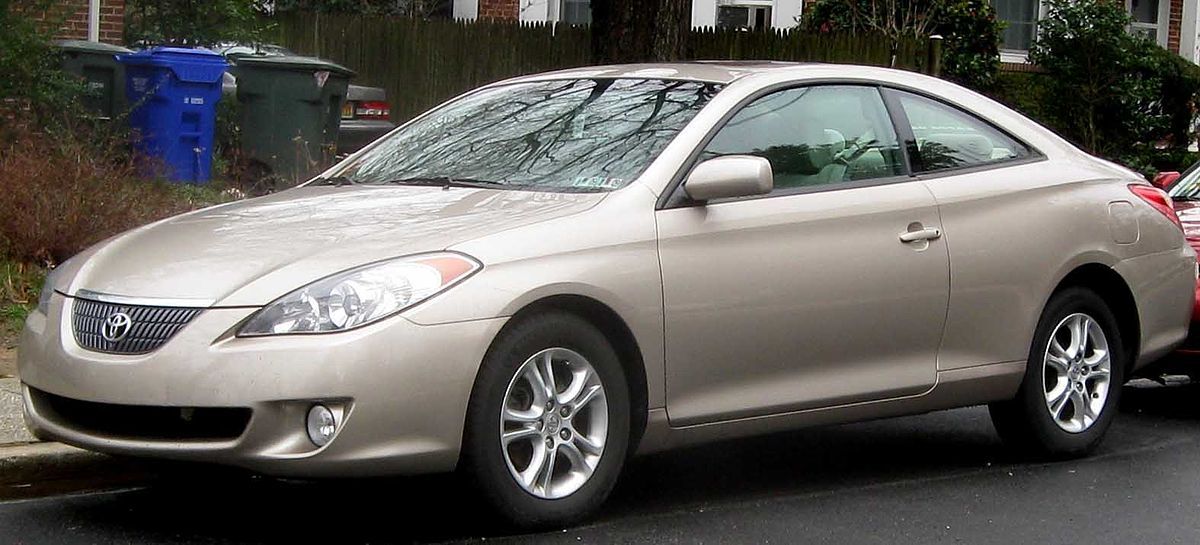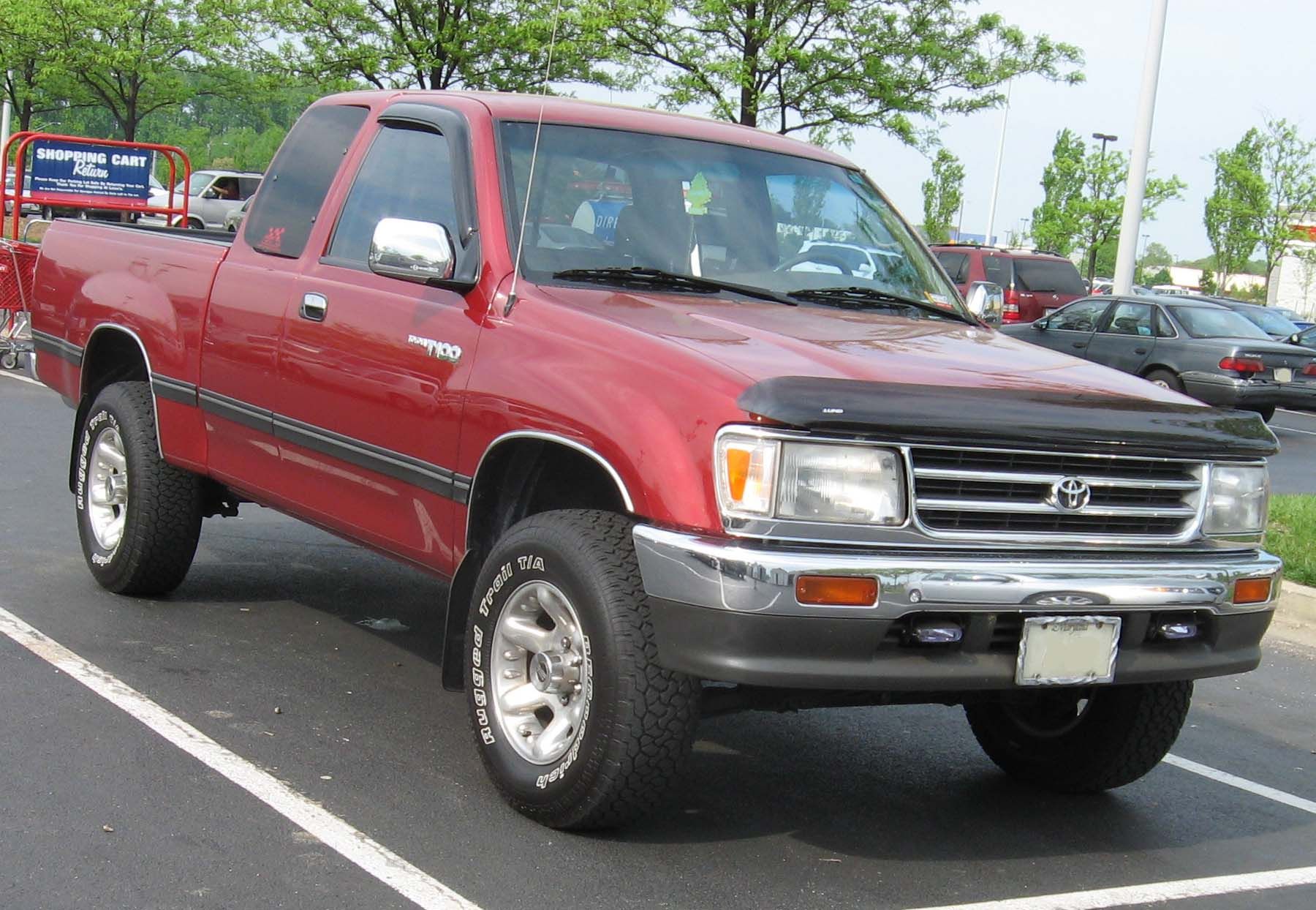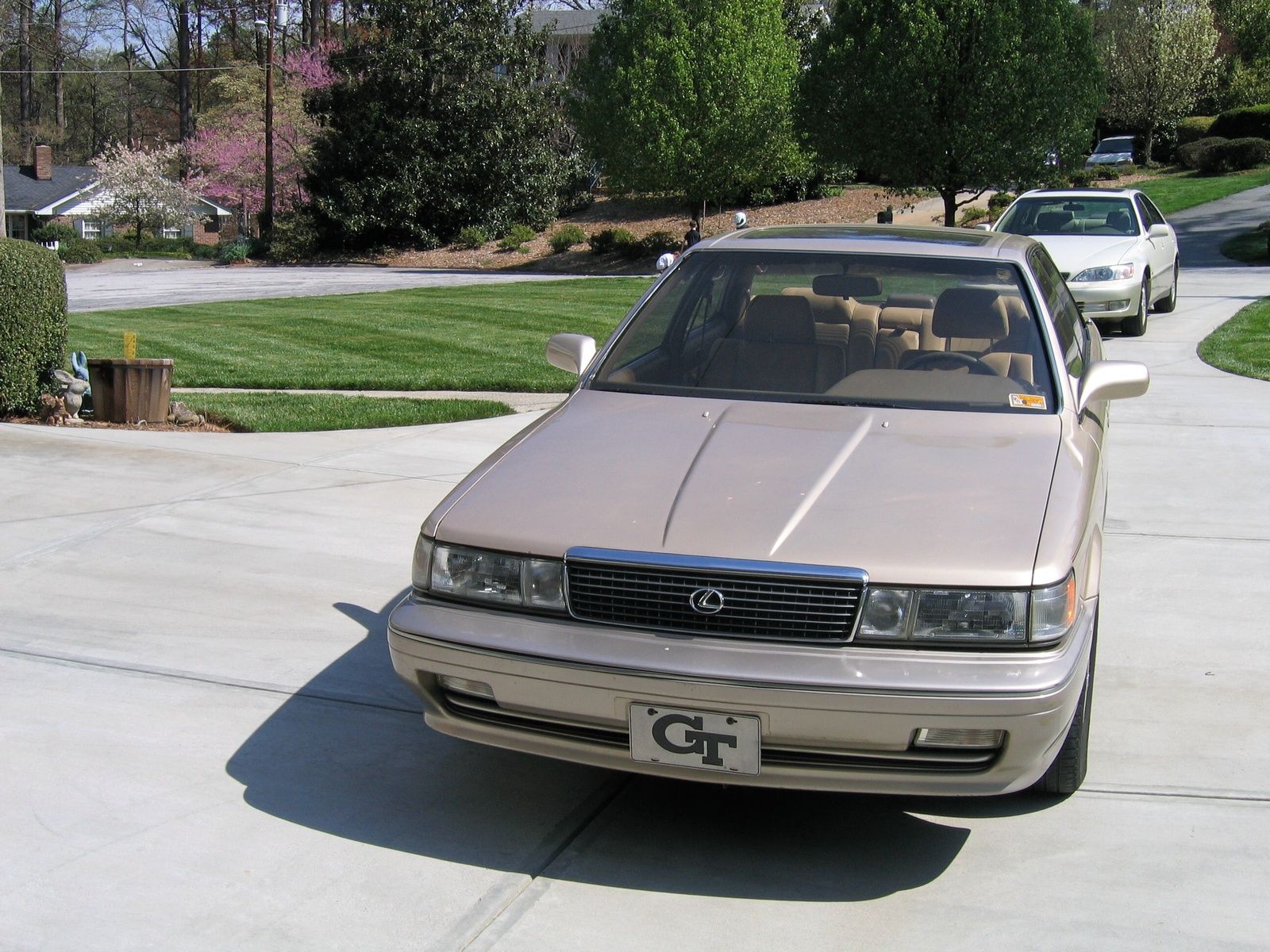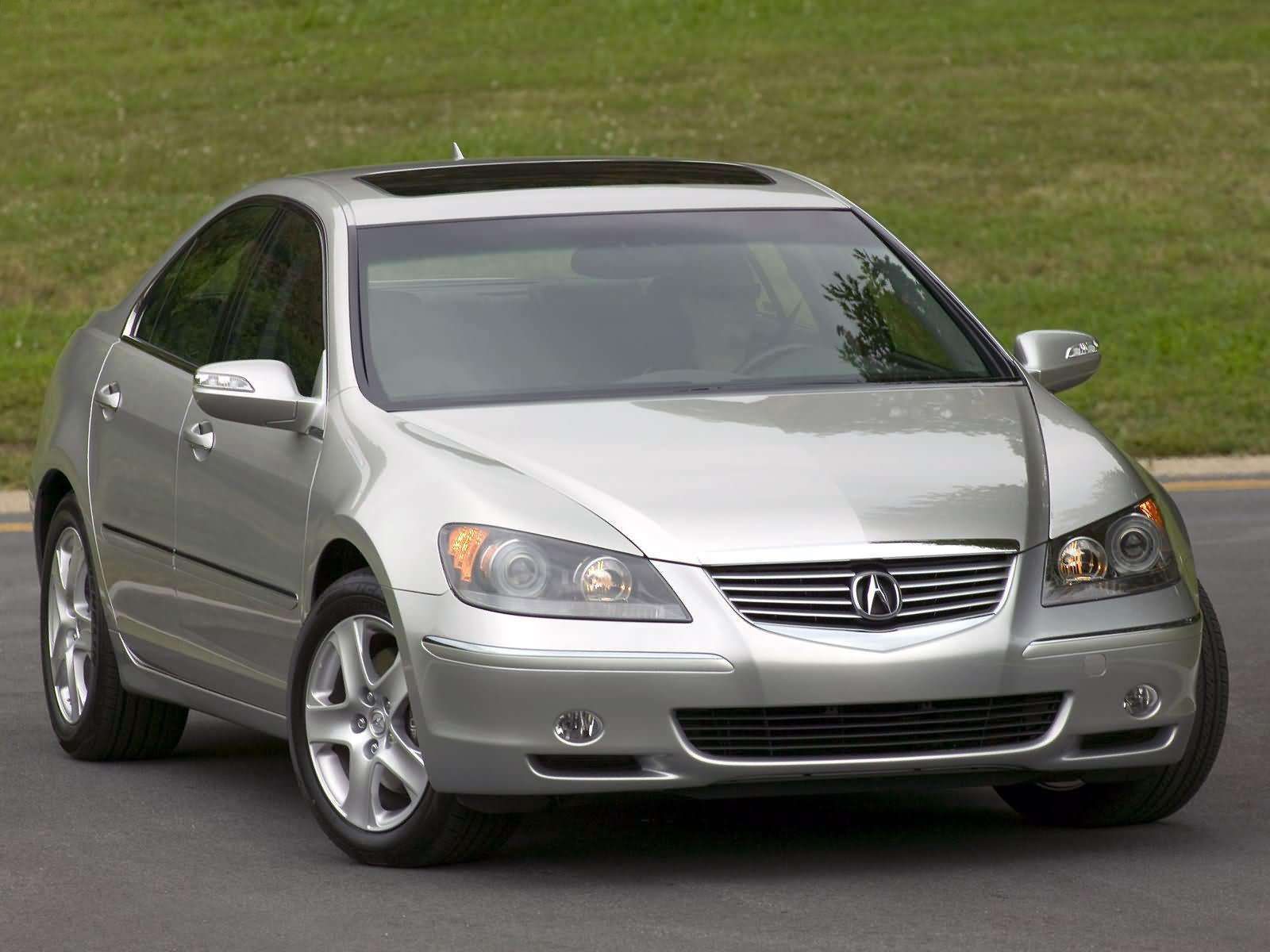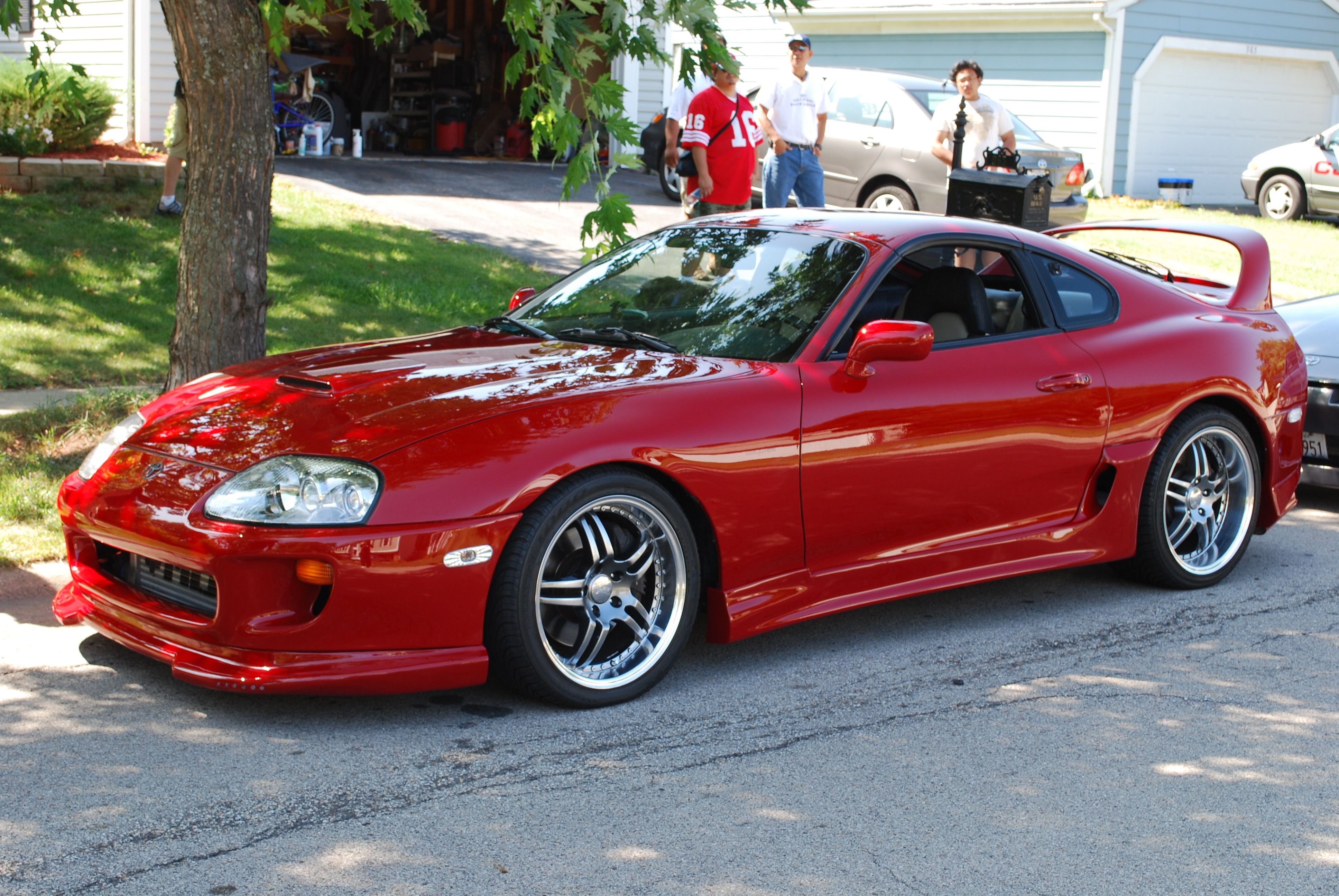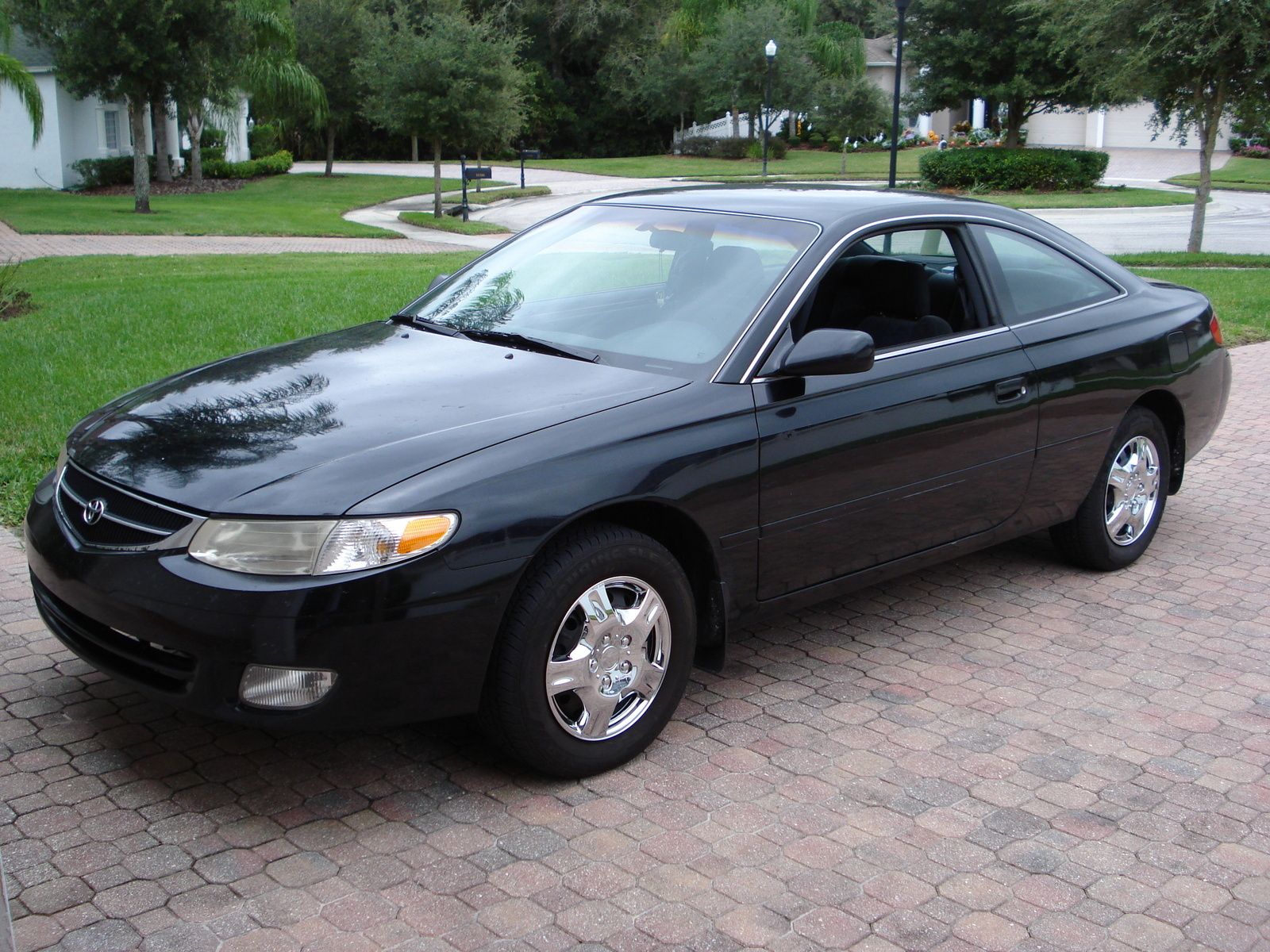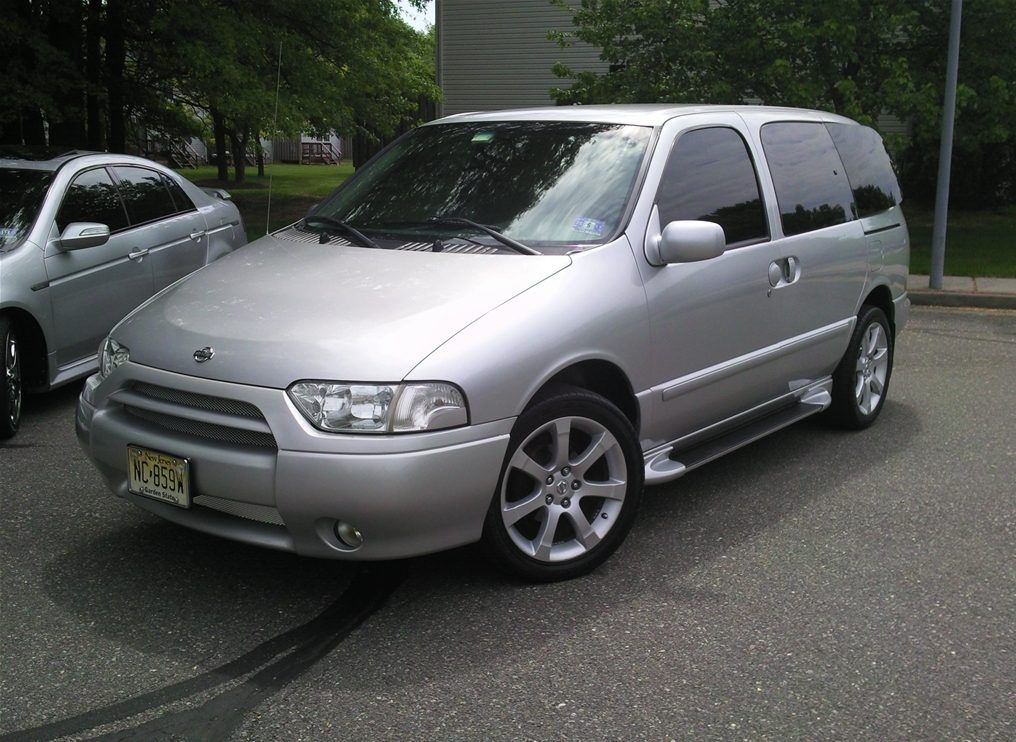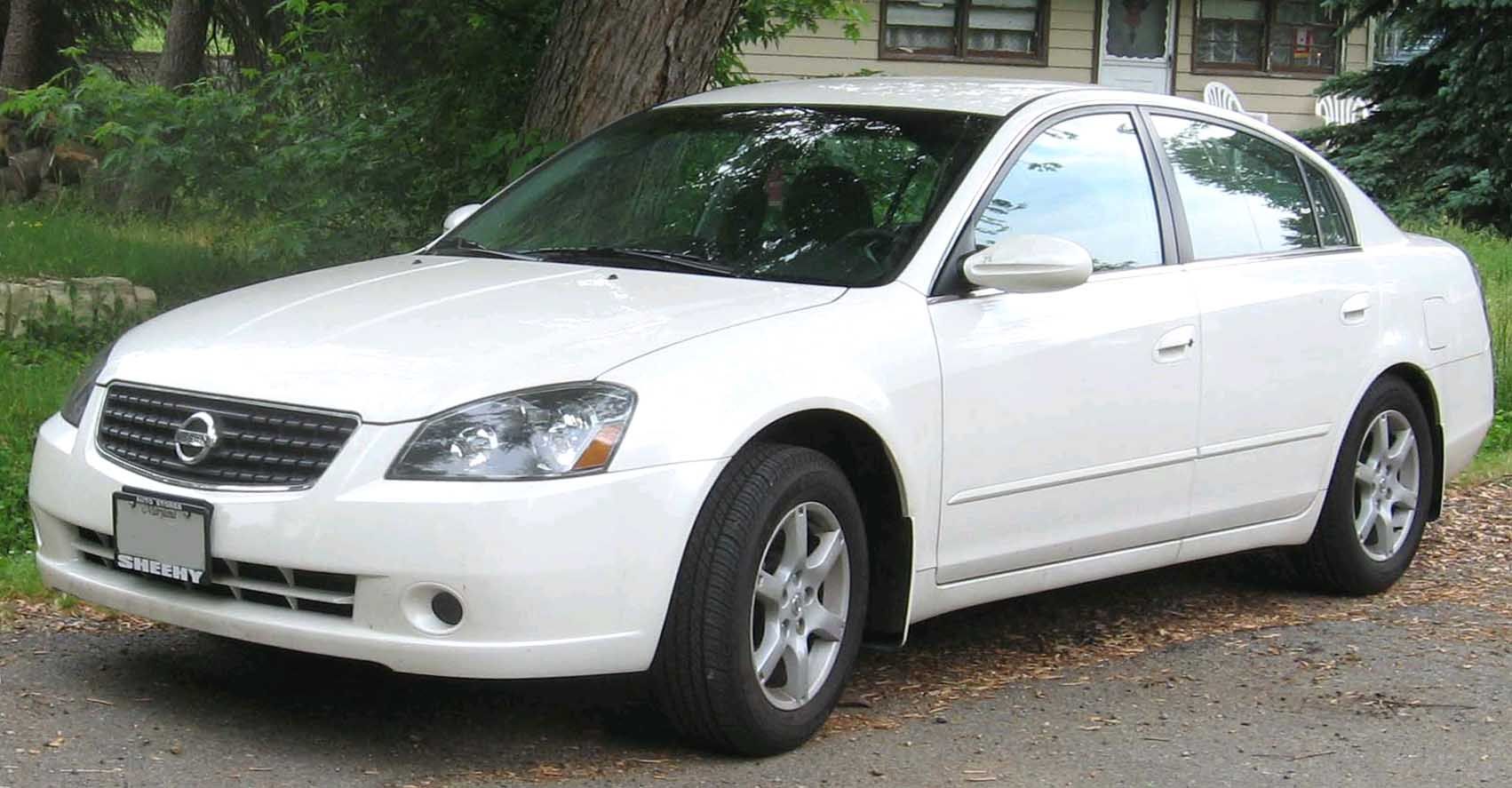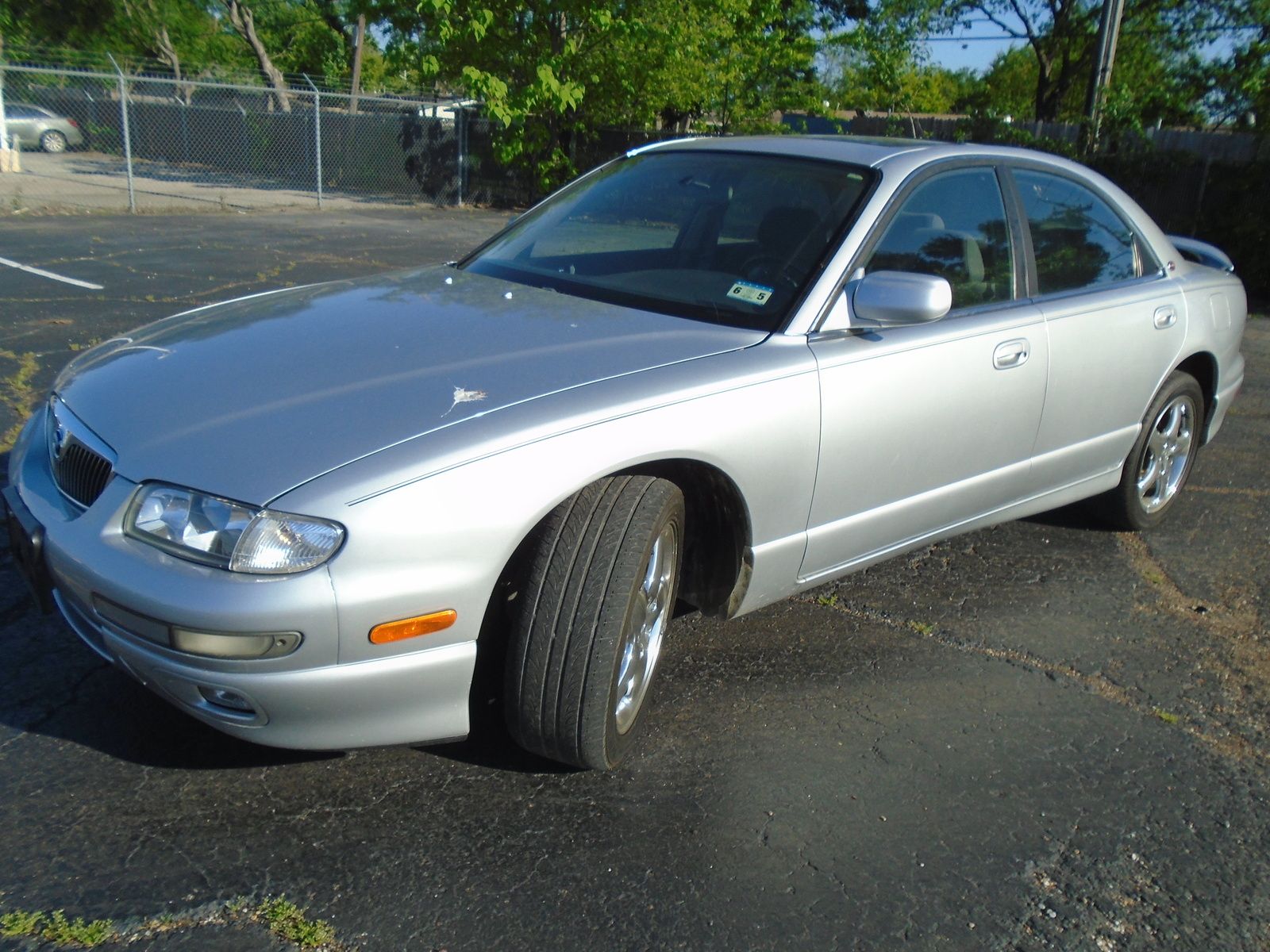The nineties were a magical time for the automotive industry as the technology was advancing enough that the products were becoming better and better. This made for some truly amazing products that have stood the test of time, even to this day. Now, what makes a car unique are a lot of different aspects, from the style to features. Japanese automakers have been innovating for decades, introducing the world to reliable and gas-efficient cars that put the big V8 dinosaurs of yesteryear out to pasture. Japanese cars are well built, and their parts are traditionally cheaper to replace, which makes for a better all-around product, and this is why Japanese cars have continued to sell like hotcakes.
What made the cars of the nineties so unique was the fact that the SUV boom was among us, as well as the failing two-door coupe market. This made a new playing field for Japanese automakers who were trying to find their way in a crowded storm of huge V8-powered SUVs that were being snapped up by consumers left and right. Although the Japanese automakers have created some of the best cars on the road today, there were quite a few blunders in the nineties that probably should've not seen the light. The twenty Japanese cars of the nineties that made no sense were far from just design blunders, as these cars were simply either not relevant or lacked a competitive design that just made the cars lackluster at best.
20 Subaru SVX
Everything about this sports car is weird and oddly designed, with a design that looked like something out of a late-eighties science fiction movie. The Subaru SVX had an awkward window design that made the coupe have a small square window and a whole lot of glass. Although the performance was amicable at the time, the price tag was very high, and this had a lot to do with the design elements, the cost of production, and the increasingly complicated engine that Subaru designed for the car. (Motor Trend)
19 Toyota MR2 Spyder
The late-generation Toyota MR2 Spyder was a car that could've been great, but Toyota just never put the time and effort into marketing or designing the car right. The Toyota MR2 Spyder had an awkward design, and in addition to not featuring a backseat, the car also never had a hardtop option either. Although a mid-engine spyder should've been one of the most exciting cars of the decade, the Toyota MR2 Spyder remained more of a halo car for Toyota dealerships than a vehicle that people actually considered purchasing. (Motor Trend)
18 Suzuki X90
Suzuki was a brand that never really caught on in the US, and in the nineties, the brand was a relatively unknown contender that offered really affordable cars to the general public.
The X90 took all of the attributes of the soft-top Suzuki Samurai and combined it into a two-seat mini-ute that was quite cute to look at but lacked any real functionality or performance.
The Suzuki X90 will go down in the history of the automotive industry as a small blip, but the little SUV was at least a small step forward for the small Japanese automaker. (Motor Trend)
17 Suzuki Esteem Wagon
Another small car that never really caught on due to poor planning and lackluster advertising was the Suzuki Esteem Wagon. Traditionally, when you think of a station wagon, you think of a large car that can fit a family and a good deal of luggage as well, but the Suzuki Esteem Wagon was unfortunately too tiny to really be practical at all. The small car did have a decent-looking design but that was about it, and the model never really managed to gain a foothold in the US market. (Motor Trend)
16 Toyota Paseo
The Toyota Paseo was a small two-door car that slotted in between the Tercel and the Corolla. This smaller two-door coupe didn’t really offer any performance upgrades that would make this car a viable choice over another two-door coupe that was on the market. The Paseo also didn’t offer a convertible design, which would've been a great entry-level car for first-time drivers who wanted a little bit of fun. Later models of the Paseo featured an updated front clip and a more modern interior. (Motor Trend)
15 Honda Del Sol
The Honda Del Sol was an awkward car that was based on the small compact Honda Civic, and although the car featured a very sporty design, it lacked the substance to back up the look. Honda executed the Honda Del Sol in all the wrong ways, and this made for a car that really didn’t live up to the expectations. Because this car lacked a functional back seat and any semblance of real horsepower, the Honda Del Sol is a car that really serves no purpose. (Motor Trend)
14 Honda Passport
The nineties were a time where the economy was flourishing and the rise of the SUV was among us and, with that, resulted in every automaker trying to throw its hat into the race. Honda was a brand that didn’t necessarily have a vast portfolio of vehicles, and thus, they went to Isuzu for their first SUV.
The Honda Passport, essentially an Isuzu Rodeo with a different front clip slapped on it, was nothing unique at all.
This SUV had none of the legendary Honda reliability and basically made the brand a lackluster contender in the SUV race. (Motor Trend)
13 Isuzu Trooper 2-door
Isuzu is a company that, during the nineties, was quite popular in the SUV race, and one of their most famous models was the Trooper. This boxy SUV was known for being a stellar performer on the road and off-road, which made it an excellent choice for someone who wanted to take his vehicle off into uncharted territory. The Isuzu Trooper 2-door, on the other hand, was an awkward SUV that made no real sense in a world where two-door SUVs were becoming rarer and rarer. (Off-Road)
12 Mazda MPV
During the height of the minivan craze, all of the automakers wanted a slice of the pie that Chrysler helped to create. But Mazda decided to release one of the more awkward-looking designs that featured four full doors instead of a sliding back door. Coupled with a tall upright form and an AWD design, the MPV was a bit different from any minivan that had been seen, and the odd design actually looked more like an odd-shaped SUV than anything. Although the first-generation MPV was a very weird-looking van, it managed to gain a following. (Motor Trend)
11 Honda Odyssey First Generation
Honda decided to go the same route as Mazda with their first-generation Odyssey minivan by implementing four full doors instead of a traditional sliding door. Although the first-generation van was a winning combination of style and the Honda reliability that we've all come to know and love, the van was just too unpractical when compared to the Chrysler vans, which dominated the market at this time. The first-generation Odyssey could've been a much better sales success for Honda had a little more work been put into the design of the minivan. (Motor Trend)
10 Mitsubishi Expo
Even smaller than the Odyssey and the MPV, the Expo was a little wagon that was designed to give customers the versatility of a van with the stance of an SUV. Unfortunately, the Expo was just too small and underpowered to really get anything done. Although the exterior style of this vehicle sold at the Summit was extremely handsome, for the most part, the car was one of the most lackluster cars to hit showrooms during the nineties, causing it to go under the radar of most buyers. (Motor Trend)
9 Toyota Camry 2-door
Long before there was the Camry Solara, there was the Camry 2-door, which Toyota had released to try and give the family sedan a sportier package. Unfortunately, the Toyota Camry 2-door didn’t really offer any benefits over any other two-door models, and this car wasn't carried into the next generation. The Toyota Camry 2-door did come with many of the fully loaded options that the larger sedan did, but the coupe never really managed to find a foothold in the market because most people didn’t (and still don't) equate Camry with sportiness. (Motor Trend)
8 Toyota T100
The Toyota T100 was one of the most epic failures of an automaker, and when you think of Toyota and trucks, you generally don’t even think of the T100. This truck had a good intention, which was to give traditional small Toyota Truck buyers a larger alternative.
The problem was that the T100 was underpowered for its size.
Plus, the truck didn’t offer any competitive types of packages to sway buyers from purchasing a traditional Big 3 pickup truck. The T100 never really caught on with buyers, and in 2000, it was replaced by the larger Tundra. (Motor Trend)
7 Lexus ES250
When the Lexus brand was first launched, Toyota put a lot of thought into the brand so that the cars they designed cars could compete with even the best German luxury vehicles. However, the entry-level Lexus model never really managed to gain an audience, and that was because most people knew that the car was a poorly crafted Toyota Camry with a fancier front. The Lexus ES250 wasn't a bad car per se, but the planned execution did nothing to show off the brand as a viable contender to the German brands. (Motor Trend)
6 Acura RL
Acura never really had much luck during the nineties, their most popular model was the Integra compact car. When they tried to compete with Lexus on a bigger level with the RL, they released a big sedan that only offered a V6 engine and a dated design. This made a sedan that was lackluster in terms of performance, especially considering it was from the same brand that offered the NSX. The Acura RL was a big and cumbersome sedan, and for the most part, it wasn’t able to really compete with the LS400 or the BMW 7 Series on any level. (Motor Trend)
5 Toyota Supra Standard
You take one of the fastest production sports cars in the world and remove the turbo, and you have a 2-door that looks fast but can’t perform.
This is what happened when Toyota decided to release the Supra as a standard model with no turbo.
Although the non-turbo models have held their value, the vehicle has no real advantage over the turbo models. This was probably a blunder that Toyota ended up making when they tried to entice entry-level buyers who wanted a sports car but couldn't afford the turbo option. (Motor Trend)
4 Toyota Solara Coupe
After the failed attempt of the Toyota Camry Coupe, there was the Toyota Solara, which, for the most part, was a better car in every way. But the Toyota Solara was a failed execution, as it still didn’t offer buyers any improvement in terms of performance or quality.
The Solara coupe was a pretty lavish two-door in terms of interior quality, but the engine was the basic run-of-the-mill Camry V6.
When the car was compared to the other sporty coupes on the market, it didn’t offer a benefit over the other models, and the price was considerably higher. (Motor Trend)
3 Nissan Quest
Nissan Motor Company had a string of weird and poorly designed cars during the nineties, and the Quest was their attempt to steal some thunder from Chrysler. The first Nissan Quest was also sold as the 'Mercury Villager,' and the van really didn’t provide anything special to buyers who traditionally look for interior volume and space when they get a minivan. The Nissan Quest was very small, and although it had a sliding door design, the van was just too small and underpowered to compete with the larger Chrysler V6 vans, which had much nicer interiors and a plethora of options to choose from. (Motor Trend)
2 Nissan Altima
The nineties were a painful time for Nissan, and the Altima was a small family sedan that looked to bring buyers back into Nissan showrooms. Unfortunately, when compared to the sedan offerings from Honda and Toyota, the Altima failed in comparison. With its much smaller design and bubbly exterior, the Altima was more or less the last option for buyers who wanted something that they could drive their families in and feel safe. In later years, Nissan eventually improved on the Altima formula with a much more modern car. (Motor Trend)
1 Mazda Millenia
The nineties were a painful time for Mazda as a brand; the company just didn’t have any winning cars except for the RX-7. The Millenia was a sedan that featured a luxurious interior but failed to captivate buyers because of an underpowered engine and a clunky transmission that was known to fail. When you think of Mazda, you think of a brand that's equated with performance, but the Mazda Millenia was nothing more than a big underpowered sedan that really couldn’t compete with the competition. (Motor Trend)
Sources: Motor Trend, Off-Road

